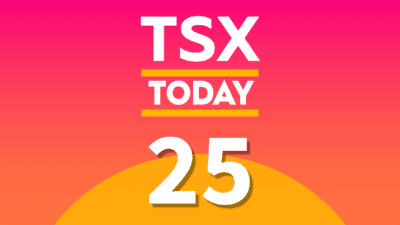It often takes decades to save for retirement. It’s hard work. Yet for some reason, Canadians often neglect one simple strategy that can permanently shield your money from the government. Paying zero in taxes can make a big difference. Otherwise, your nest egg may ultimately be reduced by 20% or more. Ouch.
Fortunately, there’s a way to protect your capital, but you need to act quickly. The faster you take these steps, the more money you can safeguard.
One simple tool
You’re likely familiar with the best tax-reducing vehicle in Canada: the Tax-Free Savings Account (TFSA). But do you really understand its potential? Are you taking full advantage? Even if you’re an expert on TFSAs, it can pay to review the fine print.
Money in a TFSA grows tax free forever. Withdrawals are also tax free. When it comes to tax protections, it doesn’t get any better than this.
The most important thing to know is the unused contribution space never goes away. In fact, it rolls forward every year. Even withdrawals open up new contribution space.
Here’s how it works. Each year has a TFSA contribution limit. From the year you turn 18, contribution space starts to accrue. Simply sum each year’s contribution maximum to figure out how much you’re able to contribute.
If you’ve never contributed before, you can immediately contribute the total lifetime maximum, even if it’s above the current annual limit.
From 2009 to 2012, the annual contribution limit was $5,000, then it was pushed to $5,500 per year from 2013 to 2014. In 2015, it was upped to $10,000, dropping to $5,500 for 2016 through 2018. For both 2019 and 2020, it was set at $6,000.
If you ever withdraw money from a TFSA, new contribution space is opened up for the following year. Flexibility like this is why you should almost always max-out your TFSA before you invest in other vehicles.
Never stop doing this
Always contribute to your TFSA. Year after year, the results can be amazing. When you’re ready to withdraw, you’ll keep the entire amount, with zero taxes taken out. This advantage makes it much easier to reach your investing goals.
The best TFSA hack for retirement planning is automated contributions. This simple tool can build tax-free wealth faster than any other method.
The annual TFSA contribution limit this year is $6,000, which breaks down to $500 per month. You can establish automated, recurring deposits that invest exactly this amount each month into your TFSA. You don’t even have to lift a finger. Even if you can’t commit to that level today, start with something smaller with the goal of increasing the commitment over time.
The TFSA has been in existence for roughly 12 years. If you earned 10% annual returns, what would your money have been worth? Investing $500 a month for 12 years would result in a nest egg of $140,000. Another 12 years would turn that sum into $580,000. Another 12 years would allow it to reach nearly $2 million.
If you’re young enough to invest for 30 years or longer, you can invest for your retirement solely through a TFSA, ensuring all of your retirement income is completely tax free.
If you’re older, you can begin by transferring as much money as you can into your TFSA, contributing more each time the annual limit allows for additional deposits.
Over time, this can build you a tax-free pool of money to tap into. And while RRSPs have an age limit at which you must stop contributing, you can continue investing through a TFSA forever. So, even during retirement, you can continue building your tax-free hoard.








